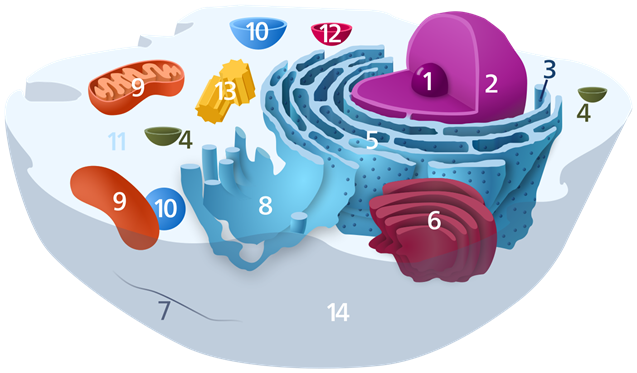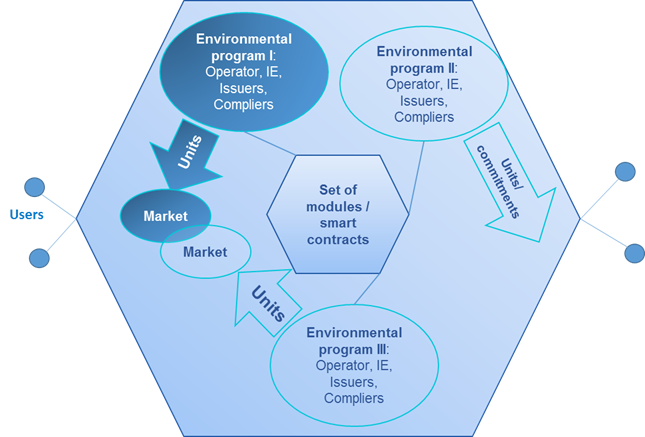06.25.2018
Anton Galenovich, PhD
DAO IPCI co-founder
When it comes to IoT protocol for renewables, reliability of data input is of critical importance. There are two components to issue grid connected renewable energy-based carbon credits: the amount of energy generated and grid emission factor, i.e. tons of carbon dioxide equivalent emitted in the grid per Megawatt. If the data input is transparent, supported by the original documentation and by identification of the sources and cannot be altered or falsified, one can be sure that the results are actual reductions of GHG emissions.
Along with operational mechanism to issue carbon credits verified by independent entities, DAO IPCI is successfully testing IoT and automatic verification module to issue tokens representing renewable energy – based carbon credits. As the data is verified on public blockchain, it is transparent, reliable and cannot be falsified or used twice.
Initially, for demonstration purposes the Independent Entity uploads the original data to IPFS and transfers it to DAO IPCI DApp (link to video). The Independent Entity does not have to calculate the results “manually”. The amount of tokens representing resulting reductions is calculated automatically and the Issuer may issue equal amount of RE specific tokens. Once the algorithm is tested and reviewed by environmental auditors and the community, the operations would be performed in self-executing mode.
Chile EnergyLab Program would be the first to test the prototype.
Sustaining reliability and transparency on public blockchain while reducing transaction costs dramatically is very important for small-scale renewable energy facilities.
Similar modules would be deployed to issue carbon credits based on energy saving, and for renewable energy certificates. The users do not have to trust blindly the green standards, programs, registries, auditors, traders and brokers that approve, verify, register, issue and trade this type of carbon credits anymore. The process becomes transparent and “trustless”. Anyone can check the source, origination of the data, and choose whatever specific renewable energy credits they prefer.
DAO IPCI smart contracts and modules are “the bricks” to build independent mitigation programs within the common environment. It is essential for independent mitigation program to have environmental units’ registries (mitigation instruments’ registries), security reserve or security deposit contracts to issue environmental units to these registries, independent entities (IE) contracts to verify that these units comply with basic rules of the Program, to issue internal currency and to transfer or trade these units via the Market.
DAO IPCI is somewhat similar to eukaryotic cells’ system, where independent program performs as individual cell structure — with core, “nucleolus” (2) containing “nucleus” with “DNA”, rules of the Program (1), and other modules, “organelles” (3–13), which provide for creation, sorting, packaging, processing, modification, and “trading” of new mitigation instruments, “proteins”, and for “energy production”, internal currency emission — separated from the external environment and other programs, “cells”, by the “membrane”.

Independent programs may link or merge if they share basic approach, rules or have similar elements and form a superstructure, a “web” of mitigation programs.
However, linking and merging is not easy. Even similar programs, for instance climate change mitigation programs have implicit differences in approaches that make their integration difficult. For example, DAO IPCO genesis program — Blockchain Climate Standard (BloCS)[1] — requires absolute reductions relative to actual baseline GHG emissions. Other programs offer instruments that do not actually represent reductions of GHG emissions but rather the emissions allegedly avoided according to hypothetical “baseline scenarios”.

It is also quite common make distinction between “pricing” and “regulatory” approaches though some and many of the “pricing” approaches are in fact of administrative regulations nature, like taxes. Prices essentially communicate information[2]. They bring the information necessary to make a decision to a minimum and solve the problem of integrating knowledge on complex issues. However, the more rigid is the pricing system the less efficiently it performs this function.
Other than establishing prices by decrees or regulating them by introducing “floors” and “ceilings”, one could rather “correct the names”[3], give a strict and rigid definition of what exactly is offered, and have it independently verified. For example, define and differentiate actual and absolute reductions of emissions and effluents, and “additional”, relative, hypothetically “avoided negative impacts”. Then let the market value them.
Nevertheless, those differences do not prevent different programs from using the same digital, public blockchain ecosystem, each of them sustaining independency.
[1] https://ipci.io/wp-content/uploads/2018/06/Blockchain-Climate-Standard.pdf
[2] https://medium.com/@antongalenovich/decentralized-solution-for-pricing-the-priceless-cd781746acdc
[3]”Rectify the names” (Chinese: 正 名) to make words correspond to reality
You may also like: